- Home
- Foot & Ankle Conditions
- Toenails Conditions
- Onychogryphosis (ram's horn nail)
Onychogryphosis (ram's horn nail)
- Published 10/31/2022
- Last Reviewed 1/2/2024
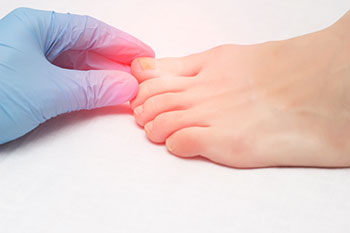
What is onychogryphosis?
A type of nail dystrophy, onychogryphosis is the rampant growth of the toenails — most often the big toe (great toenail). Also called ram’s horn nails, this condition occurs when one or more toenails grow considerably faster than the others. Onychogryphosis describes the claw-like hypertrophy and thickening of the nail plate.
The afflicted nail frequently exhibits discoloration and hardness. The condition is characterized by an opaque, yellow-brown nail plate with elongation and increased curvature. Sometimes, the nail growth curves back into the skin and causes an ingrown toenail.
- What are the causes of onychogryphosis?
- Who is most at risk of developing onychogryphosis?
- Does toenail fungal infection cause onychogryphosis?
- What is the differential diagnosis for onychogryphosis?
- What is the treatment for onychogryphosis?
- What are surgical treatments for onychogryphosis?
- What is the outcome of onychogryphosis treatment?
- Can you prevent onychogryphosis?
- Why trust UFAI for your onychogryphosis treatment?
-
Dr. Gina Nalbandian specializes in reconstructive and revisional foot and ankle surgery, foot and ankle trauma, sports medicine, lapiplasty, and limb salvage.
While an undergrad, Gina volunteered at free clinics, hospitals and with the AIDS Project in Los Angeles, all the while exploring various careers in medicine. She also conducted and published her research in the lab on campus. “I soon found out that the lab life wasn’t for me, and I wanted a more hands-on approach to medicine,” she says.
Dr. Nalbandian did her residency at St. Elizabeth’s Medical Center in Boston, which is affiliated with Tufts University. As a resident, she served an academic coordinator and chief resident.
A resident of Sherman Oaks, Gina continues to volunteer her expertise with the Special Olympics, Happy Feet (providing foot care at homeless shelters), and the Boston Marathon.
 I highly recommend coming here if you have any kind of ankle or foot fracture. They're very knowledgeable and very polite. Ever...Eva R.
I highly recommend coming here if you have any kind of ankle or foot fracture. They're very knowledgeable and very polite. Ever...Eva R. Dr. Kerman has explained my issues very well and we have a plan that will hopefully alleviate my pain.Eva S.
Dr. Kerman has explained my issues very well and we have a plan that will hopefully alleviate my pain.Eva S. Please provide handicap parkingBarry S.
Please provide handicap parkingBarry S. Dr. Ambibola Johnson is awesome!Laurie S.
Dr. Ambibola Johnson is awesome!Laurie S. Each of our feet is made up of 26 bones, 30 joints and more than 100 muscles, tendons and ligaments, all of which work together...Harriet L.
Each of our feet is made up of 26 bones, 30 joints and more than 100 muscles, tendons and ligaments, all of which work together...Harriet L. I appreciate the care and timeliness of all my appointments I’ve had at UFAI. Gray, Lydia and the staff all are wonderful. Lydi...Edelmira G.
I appreciate the care and timeliness of all my appointments I’ve had at UFAI. Gray, Lydia and the staff all are wonderful. Lydi...Edelmira G. Very greatfull for the doctor and stuffJesus M.
Very greatfull for the doctor and stuffJesus M. Doctor was very caringBrigitte S.
Doctor was very caringBrigitte S. Everyone is very nice and efficient-
Everyone is very nice and efficient-
Especially Dr Kelman. He takes very good care of me!!Claudia K. Great costumer service.
Great costumer service.
Prompt and efficientDean W. No . I’m pleased with the care .Michael P.
No . I’m pleased with the care .Michael P. Appreciate the professionalism and expertise, as well as the caring.Stella G.
Appreciate the professionalism and expertise, as well as the caring.Stella G.
-
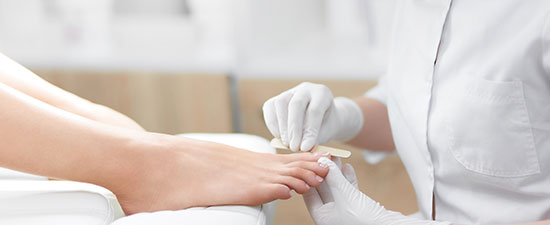 A Podiatrist Tells Us What to Look for (AND AVOID) when Getting a Pedicure
Read More
A Podiatrist Tells Us What to Look for (AND AVOID) when Getting a Pedicure
Read More
-
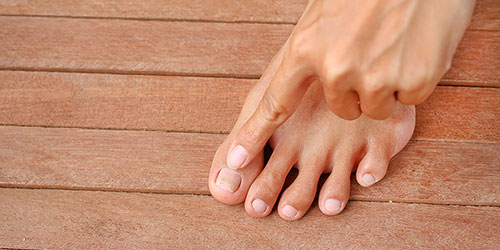 Listen Now
Paronychia: Treating and Avoiding Annoying Nail Infections
Read More
Listen Now
Paronychia: Treating and Avoiding Annoying Nail Infections
Read More
-
 Listen Now
Medical Pedicures: What Are They and Do I Need One?
Read More
Listen Now
Medical Pedicures: What Are They and Do I Need One?
Read More
-
 Training for a Marathon? 4 ways to avoid foot pain
Read More
Training for a Marathon? 4 ways to avoid foot pain
Read More
-
 Listen Now
What To Do When Your Toenail Is Falling Off
Read More
Listen Now
What To Do When Your Toenail Is Falling Off
Read More
-
 Foot Injuries in Kids: What to look for
Read More
Foot Injuries in Kids: What to look for
Read More
-
 Listen Now
Beat the 6 Most Common Walking Pains
Read More
Listen Now
Beat the 6 Most Common Walking Pains
Read More
-
 Treating Athlete’s Foot with Garlic? Prepare to Be Burned, Literally!
Read More
Treating Athlete’s Foot with Garlic? Prepare to Be Burned, Literally!
Read More
-
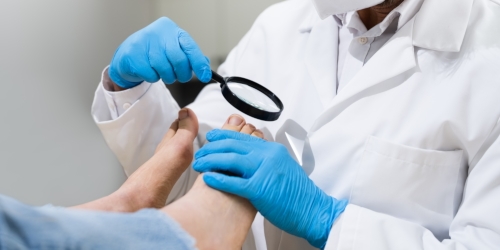 Listen Now
When to See a Doctor for an Ingrown Toenail
Read More
Listen Now
When to See a Doctor for an Ingrown Toenail
Read More
-
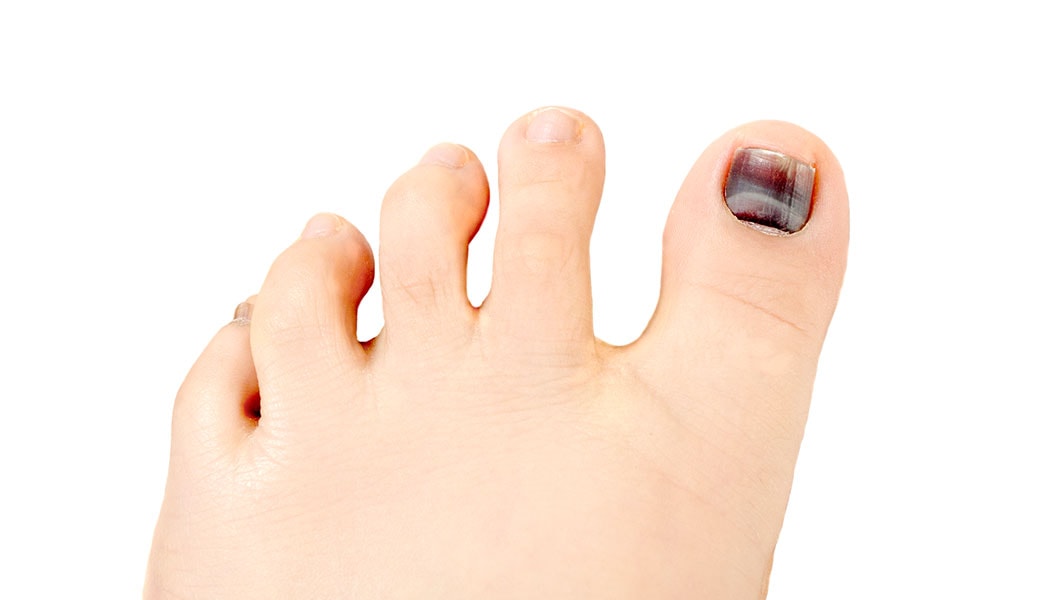 Listen Now
What Causes a Black Toenail? Should You Be Worried?
Read More
Listen Now
What Causes a Black Toenail? Should You Be Worried?
Read More










